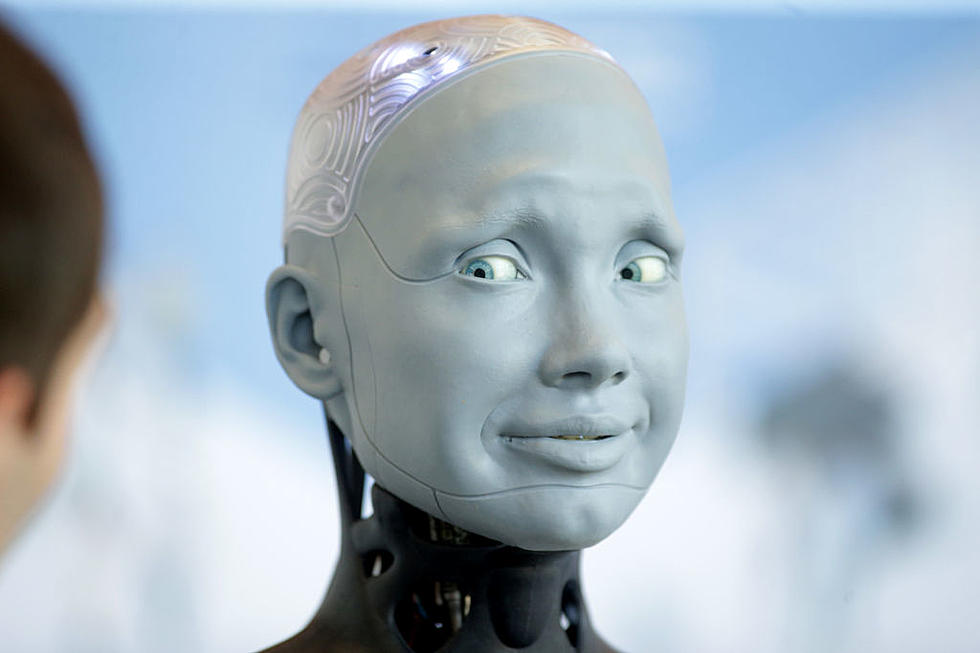
Today Is 16th Anniversary of First Successful Animal Cloning! – Remember Blade Runner?
Back then this story set the world on it's ear!
These days, it may not seem such a big deal, with all the advances of modern technology. But on February 23rd, 1997, Scottish researchers successfully cloned a sheep who was named Dolly.
It was the first fully successful cloning effort that resulted in a healthy, normal animal. The idea that a mammal could be cloned sent shock, and for some, fear through the scientific community. Dolly was born to three mothers. One who donated some DNA, the other an embryonic egg, and a third carried the "fertilized" egg to term. Dolly lived to an age of six before she died, but not from complications due to the cloning.
Immediately following the news, U.S. officials instituted a ban on cloning humans in this country on March 4, 1997.
Following the news, arguments sprang up on both sides about the pro's and con's of cloning. Those who support it say it allows us to improve on DNA and cell structures that could 'breed out' some diseases, and create healthier people.
Those who oppose it say there are too many variables that could go wrong. They said clones could be tampered with, or create unintentially mutated people.
You may recall the legendary Harrison Ford movie Blade Runner. Oddly enough, this Ridley Scott classic was made some 15 years BEFORE Dolly was successfully cloned. In the movie, Harrison Ford plays a blade runner, or police officer who is charged with hunting down and terminating "replicants", or clones who have gone rogue in L.A. in 2019.
This movie has often been cited as an example of why cloning should not be pursued. Rutger Hauer played the role of the lead replicant who led a small insurrection of clones. The movie also was the major debut for actess Sean Young, who would later go on to star in a variety of roles over the next decade. The movie also featured a very young Darryl Hannah, but she was almost indistinguishable because of her weird blonde hair, makeup and costume. The clones were designed to perform tasks not wanted by humans, but some of the clones evolved into free-thinking, rebellious 'people.' They possessed super-human strength and intelligence, bred into their DNA.
Currently, most of the cloning work in the U.S. being done is embryonic stem cell research, which focuses on reproductive purposes for having a child, and cells for research on potentially 'making' new organs or body parts to replace injured or diseased portions of the body. Here is the original cinematic trailer for 1982's Blade Runner.
More From 870 AM KFLD









